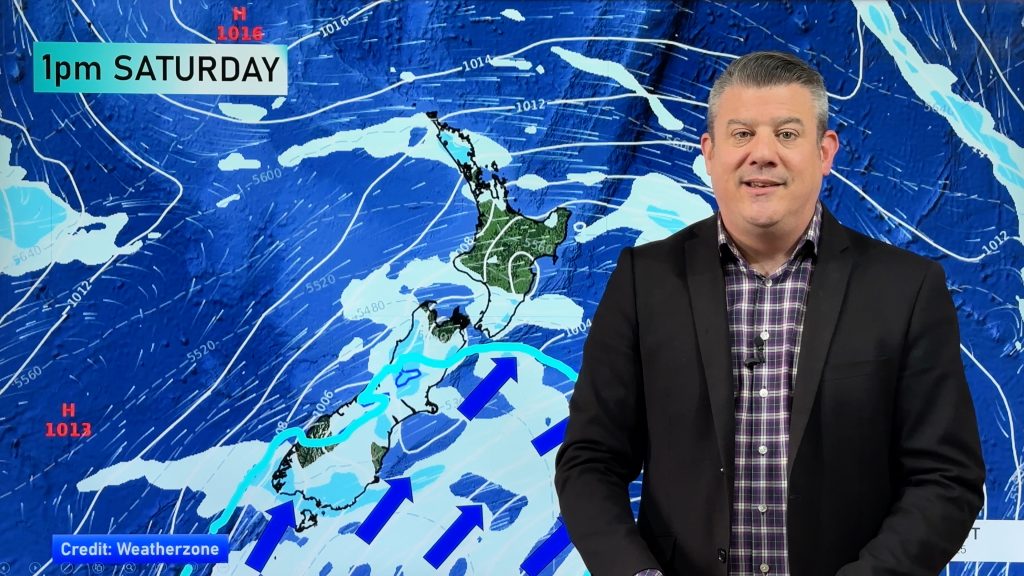Super Blood Moon Eclipse: Two ways to check the cloud forecast over your local part of NZ tonight + viewing times
25/05/2021 7:53pm

> From the WeatherWatch archives
We have two different ways for you to easily check what the cloud conditions will be like in the skies over your part of New Zealand for tonight’s Super Blood Moon Eclipse.
WeatherWatch.co.nz says many parts of NZ are in a good set up for a view, wth the eastern North Island looking the cloudiest, due to the offshore low. “Our IBM supercomputer modelling shows many parts of NZ have clear skies on the way” says head forecaster Philip Duncan. “But it won’t be ideal for everyone, with cloudiest weather likely in the eastern North Island due to the offshore low”.

Two ways to view cloud cover:
1). Go to www.RuralWeather.co.nz and view the cloud cover information at the top of the page under the Cloud/Fog tab (this displays daily cloud cover)

…And again further down the page under the “Daily Data” tab (this displays hourly cloud cover)

2). The other source for Cloud Forecasts — simply go to your WeatherWatch.co.nz forecast and check the HOURLY details.

Here are the full details on when to look to the skies with our thanks to ‘timeanddate.com’.

Comments
Before you add a new comment, take note this story was published on 25 May 2021.





Add new comment
Dylan on 25/05/2021 11:54pm
Hi Phil, I’ve heard you mention several times that the current low pressure system to our north east is ‘technically’ a storm and wondered what actually constitutes a storm in New Zealand? Cheers
Reply
WW Forecast Team on 26/05/2021 12:14am
Hi Dylan, when I say that I’m talking about winds sustained at gale force around the centre. Some people use air pressure as well to help gauge the power. The word “storm” is quite loose though, it can be used to describe severe weather (which may or may not be generated by a ‘storm’ or deep low) – it can also be used to describe thunderstorms, or hailstorms, or windy weather. But we try to avoid using it unless winds are sustained around the centre at gale force.
Cheers
Phil
Reply